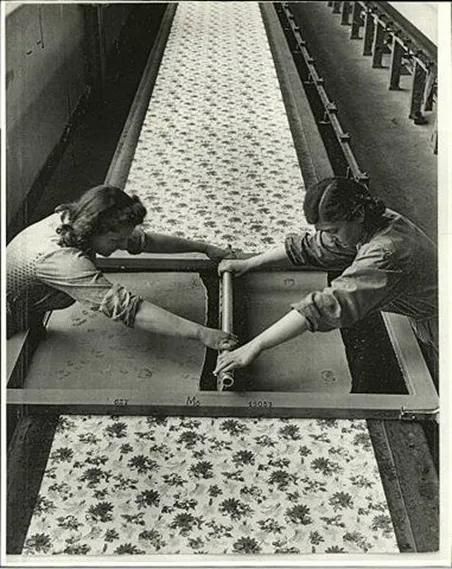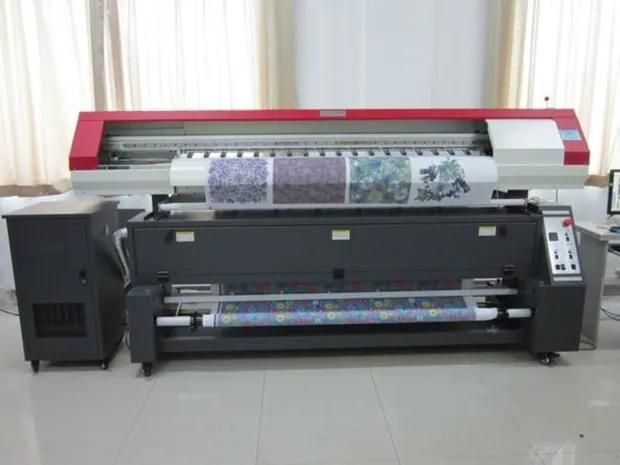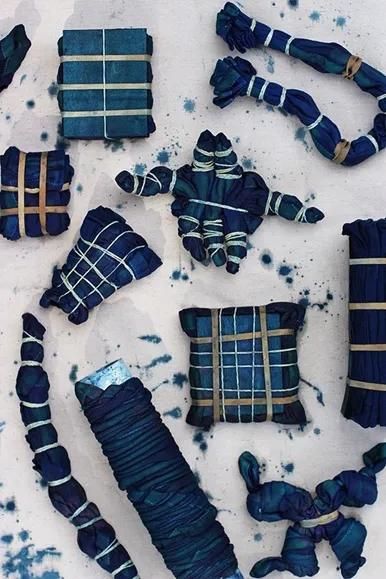First of all, let’s understand several printing methods of printing design. These printing methods will also be used in dresses, T-shirts, etc.
1.Screen printing
Screen printing, that is, direct paint printing, prints the prepared printing paste directly on the fabric, which is the simplest and most commonly used process in the printing process. Pigment direct printingª process generally refers to printing on white or light-colored fabrics. It is convenient for color matching and simple in process. After printing, it can be baked and baked. It is suitable for textiles of various fibers. Pigment direct printing process can be divided into Accramin F-type adhesives according to the adhesives frequently used at present. Acrylic adhesive, styrene-butadiene emulsion° and chitin adhesive three direct printing processes.
2.Digital printing
“Digital printing” is printing with digital technology. Digital printing technology is just a kind of high-tech product that integrates machinery, computer, electronic information technology and “computer technology” with the continuous development of computer technology. The emergence and continuous improvement have brought a new concept to the textile printing and dyeing industry. Its advanced production principles and methods have brought an unprecedented development opportunity to textile printing and dyeing. It is also one of the most widely used printing methods. Digital printing, which is divided into digital direct printing and digital thermal transfer printing. Digital direct printing means: use a digital printer to directly print out the drawing you need on various materials. And digital thermal transfer For printing, you need to pre-print the printed Tumo on special paper, and then transfer it to various materials by thermal transfer, such as: T-shirts, underwear, sportswear.
3.Tie-dye
Tie-dyeing is a traditional and unique dyeing process in China. It is also a dyeing method in which objects are partially ligated during hot coloring so that they cannot be colored. It is one of the traditional Chinese manual dyeing techniques. The tie-dyeing process is divided into tie-dyeing and dyeing. There are two parts. It is dyed after the fabric is tied, sewed, tied, embroidered, and knit together with tools such as thread and rope. Its technical characteristics are a printing and dyeing technique in which the printed and dyed fabrics are knotted and then printed, and then the knotted threads are removed. It has more than one hundred changing techniques, each with its own characteristics. For example, “the volume is more” in it, the wall color is rich, the changes are natural, and the taste is weak. What is even more surprising is that even if there are thousands of flowers tied together, they will not appear the same after being dyed. This unique artistic effect is difficult to achieve by mechanical printing and dyeing technology. The tie-dyeing technique of the Bai nationality in Dali, Yunnan and the tie-dyeing technique of Zigong in Sichuan have been included in the national intangible cultural heritage by the Ministry of Culture, and this printing technique is also popular abroad.
Post time: Feb-08-2023









